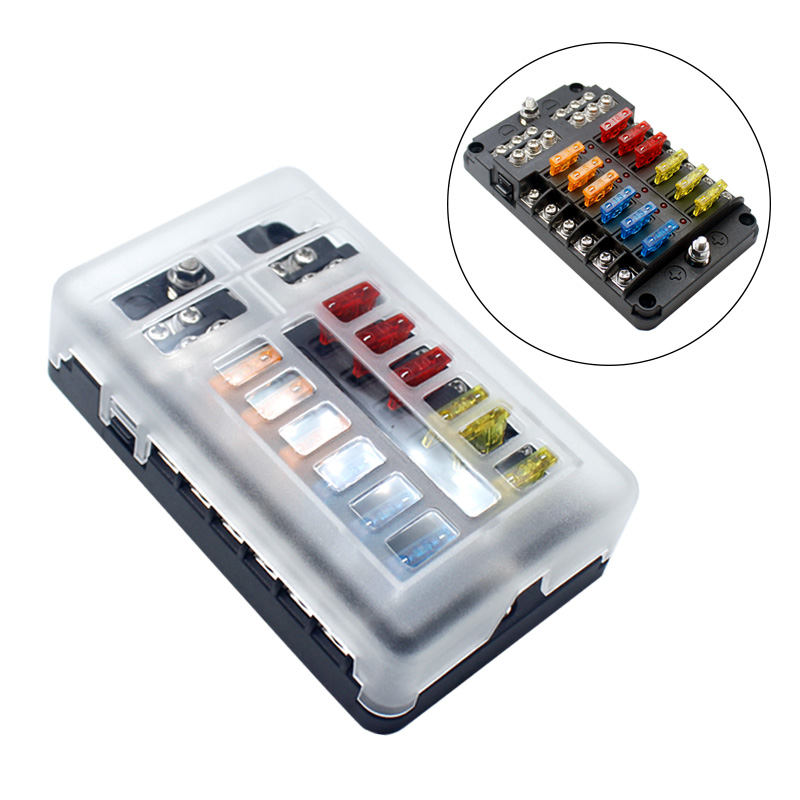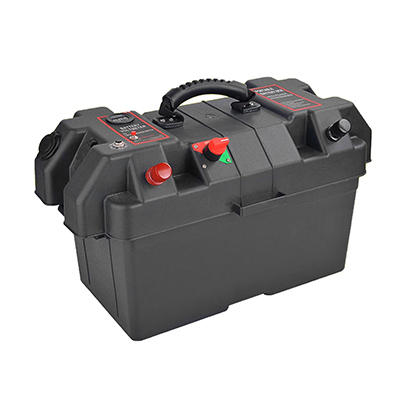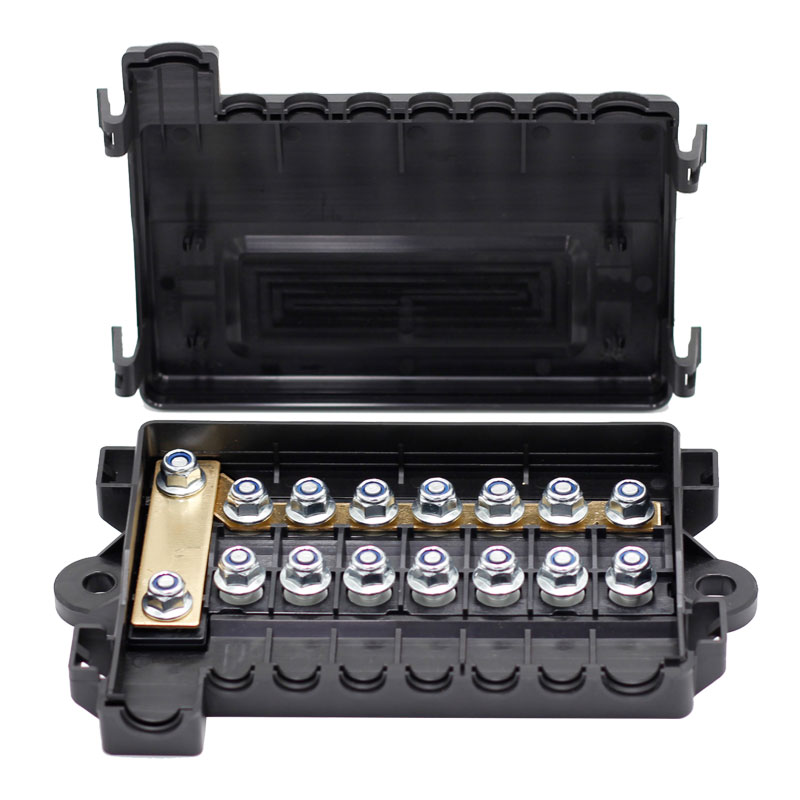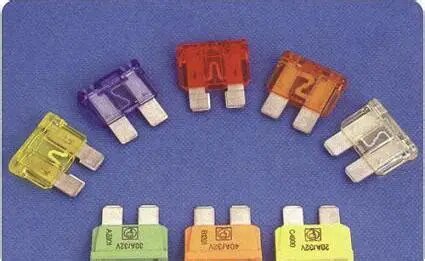Essential Guide to Installing and Testing Backup Sensors Using Car Fuse Holders
News 2025-10-20
In the automotive industry, car fuse holders play a crucial role in ensuring the safety and reliability of electrical systems, particularly when installing backup sensors. These sensors help prevent accidents by detecting obstacles behind a vehicle, but improper installation can lead to failures or hazards. A car fuse holder provides essential circuit protection by housing fuses that interrupt excessive current, safeguarding components like sensors from damage. This guide focuses on the practical application of fuse holders in backup sensor setups, highlighting their importance in modern vehicles for enhanced safety and performance.

Installation Process
When installing backup sensors, begin by selecting a fuse holder that matches the vehicle’s voltage and current requirements, typically 12V for cars. Mount the holder in an accessible location near the sensor wiring harness, ensuring it’s secured to avoid vibrations. Connect the wires from the sensors to the fuse holder’s inputs, using appropriate gauges to handle the load. Insert a fuse with the correct amperage rating—often 5 to 10 amps for sensor circuits—to protect against shorts. This step-by-step approach not only simplifies installation but also enhances the system’s durability, reducing the risk of electrical fires or component burnout in real-world driving scenarios.
Testing Procedures
After installation, thorough testing is vital to confirm the backup sensors and fuse holder are functioning correctly. Start by using a multimeter to check continuity and ensure the fuse holder contacts are secure without resistance. Activate the sensors by shifting the vehicle into reverse and verify that alerts sound or lights activate as expected. Simulate faults, such as inducing a short circuit, to see if the fuse blows appropriately, protecting the system. This method ensures optimal performance, leveraging the fuse holder’s quick-response capability to maintain sensor accuracy and longevity, which is critical for safety in parking and maneuvering tasks.
Frequently Asked Questions
1. What is the main purpose of a car fuse holder in sensor installations?
It protects the electrical circuit by holding a fuse that breaks the connection during overcurrent events, preventing damage to backup sensors.
2. How does a fuse holder improve backup sensor reliability?
By providing a secure, easy-to-access point for fuse replacement, it minimizes downtime and ensures consistent operation in various environmental conditions.
3. What factors should be considered when choosing a fuse holder for cars?
Consider the amperage rating, material durability, and compatibility with vehicle wiring to ensure it handles the specific demands of backup sensor systems effectively.


